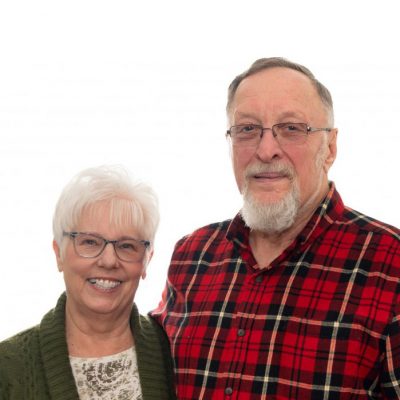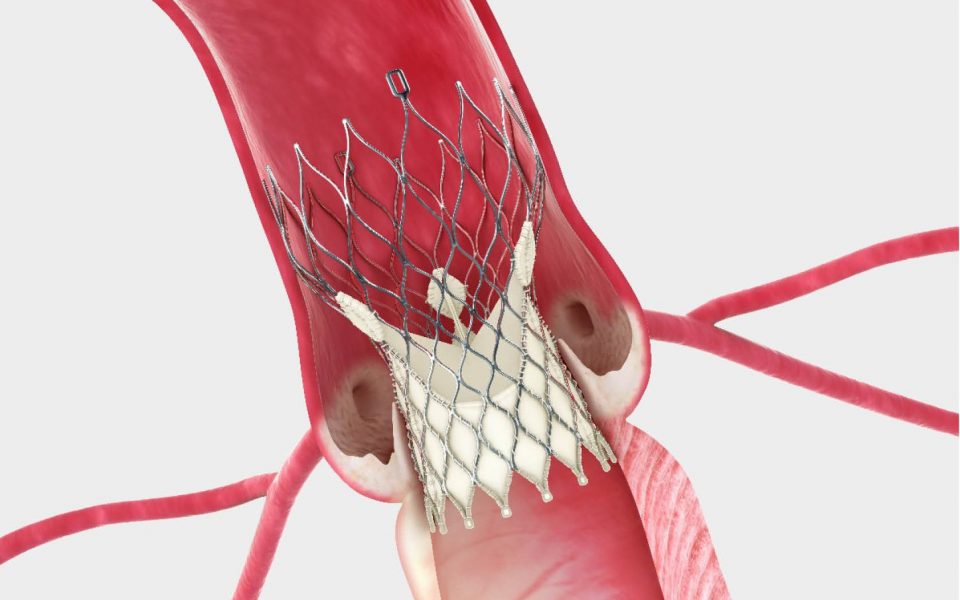Treating Aortic Stenosis
Using Minimally Invasive Technology

Aortic valve disease affects nearly one-third of adults over the age of 60. The aortic valve is responsible for controlling the flow of blood as it leaves the heart and travels to the rest of the body. When valve disease occurs, the leaflets – or flaps – that open and close with each heartbeat become damaged, causing the heart to work harder and less efficiently. Patients suffering from aortic stenosis, a narrowing of the aortic valve, may notice symptoms such as shortness of breath, chest pain or pressure, dizziness, fatigue and swelling of the feet, legs or abdomen.
Without treatment, aortic valve disease can lead to a significantly decreased quality of life and life-threatening complications. In order to fix the problem, the aortic valve must be replaced.
There are multiple options for valve replacement, including open-heart surgery and TAVR.

